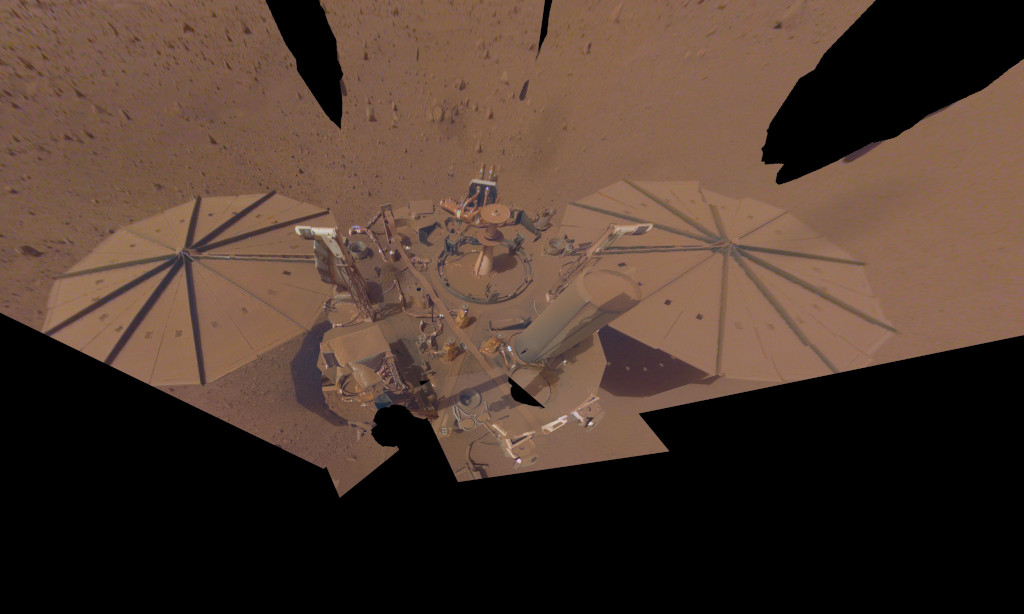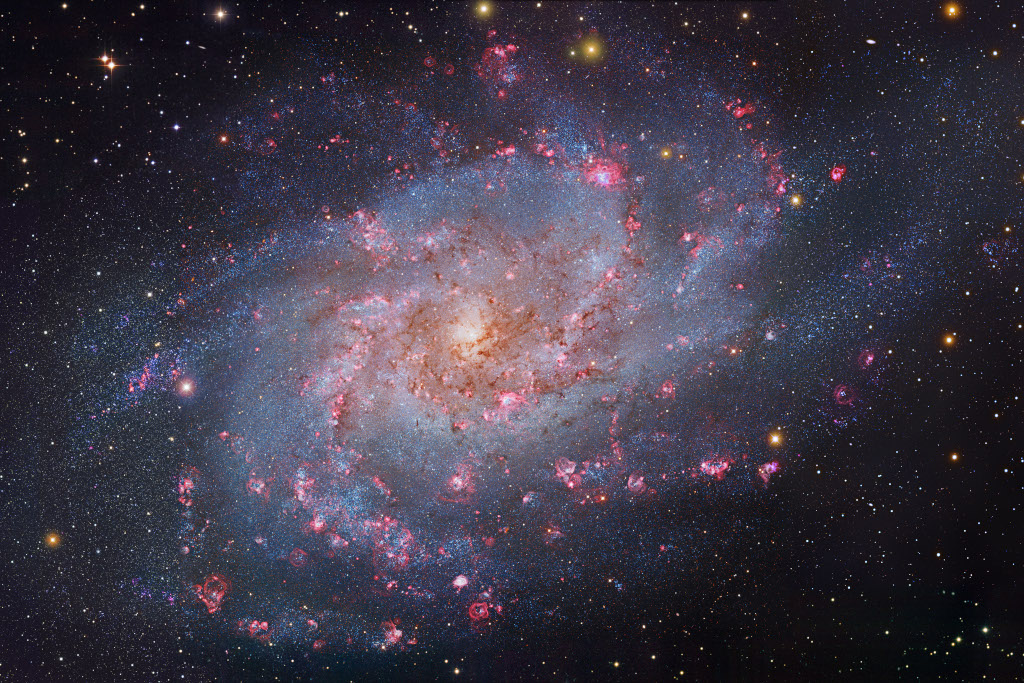NASA will participate in the 27th United Nations Climate Change Conference of the Parties (COP27) in Sharm El Sheikh, Egypt, which begins Sunday, Nov. 6, and runs through Friday, Nov. 18. The COP27 summit brings together countries from around the world to increase ambition by implementing existing goals and strengthening commitments to solutions th
from NASA https://ift.tt/iLJvQS0
via IFTTT





